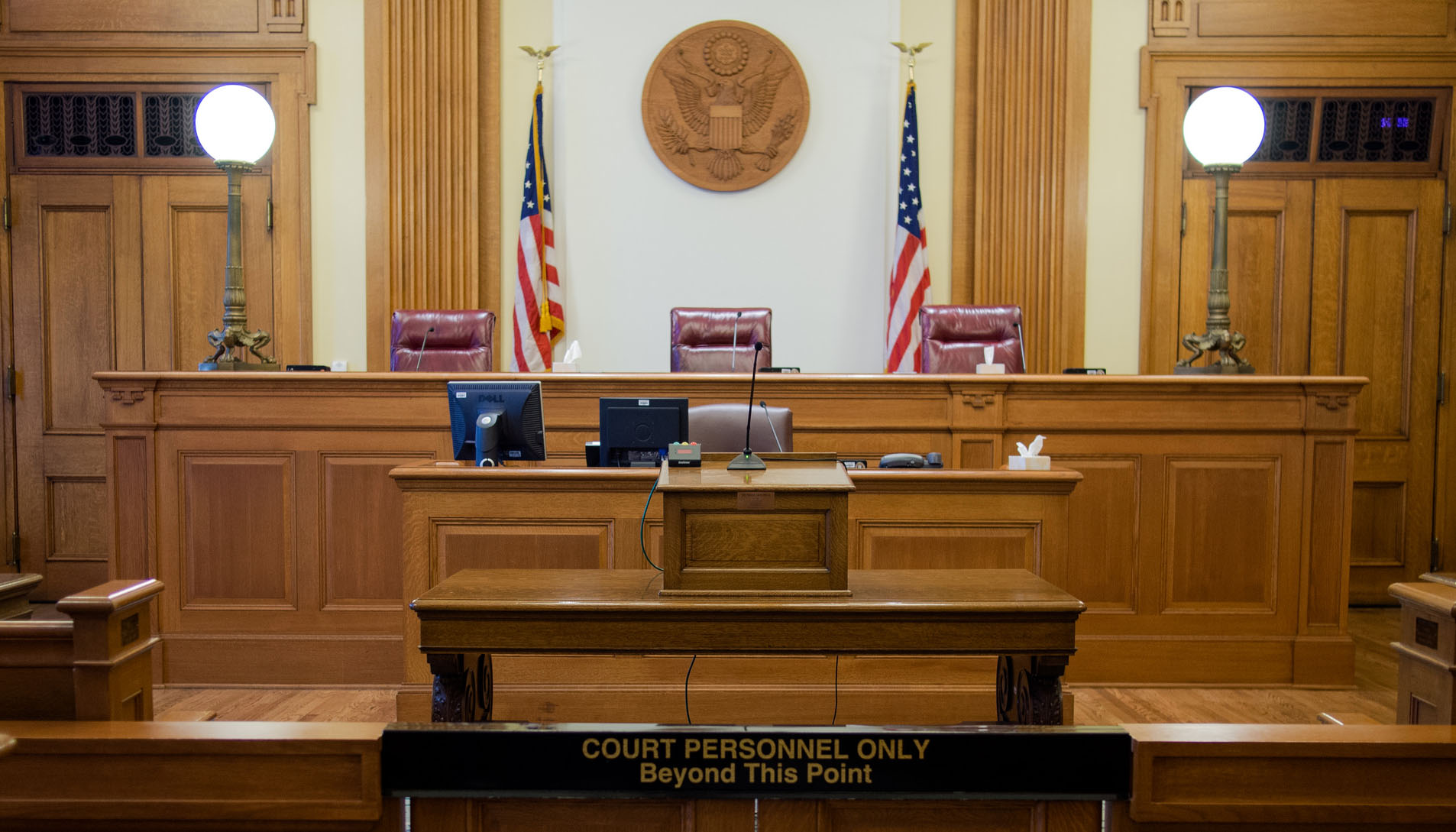The latest figures show that the number of cases pending in immigration court continue to grow. According to the Transactional Records Access Clearinghouse (TRAC), there were 486,206 cases in the backlog as of the end of March. This is almost 30,000 more pending cases than Executive Office of Immigration Review (EOIR) Director Juan Osuna reported to Congress at the end of Fiscal Year (FY) 2015.
The data show that in the first half of FY 2016 (October 2015 through March 2016), a total of 99,452 cases were completed in immigration court. In FY 2015, TRAC estimated that 198,105 cases total were completed—meaning this year cases are moving through immigration court at about the same rate. A case could be classified as completed if someone was ordered or volunteered to be removed, the court terminated the case because there were no grounds for removal, someone was granted relief to stay in the country, or the case was closed on administrative grounds.
While EOIR has sworn in 17 new immigration judges since January 2016, following a major hiring push in late 2015, it is clear the current backlog will take some time to bring to a manageable level. In the meantime, those seeking asylum and other forms of relief are caught in an inefficient and inconsistent system.
As of the end of March, relief had been granted in 8,165 cases since October 1. In FY 2015, relief was granted in 20,208 of the total completed cases. The projections for the current fiscal year show a significant drop, with just 16,330 cases completed as of March.
The TRAC data reveal that in cases where relief is granted, the time it takes to process a case varies significantly from state to state. In New York, for example, it took more than 1,000 days on average—or about three years—for a qualifying asylum seeker to obtain relief. Likewise, in five other states—Arizona, Illinois, Nevada, California and Ohio—the average was also more than 1,000 days. Puerto Rico had the fastest time with an average of 378 days. Overall, it took at least two years on average for a qualifying asylum seeker to be granted relief in 15 states, out of 28 states with immigration court data.
The lengthy processing times have hidden consequences for those seeking asylum. Many individuals navigating the immigration system have already experienced trauma and violence, and are subjected to further suffering in the form of detention and ankle shackles while their case is processed. Many immigrants remain detained during their hearings, including families and children fleeing persecution, with serious negative health impacts. Some detainees with valid claims to stay in the United States simply give up.
For more than a decade, the immigration court system has struggled with its enormous backlog. After attempting to bring down processing times by implementing flawed prioritization policies that led certain cases to be processed with alarming speed, EOIR finally received an influx in funding from Congress for new immigration judges in FY 2016. Halfway through FY 2016, the data shows that the issues in the immigration court system are deeply rooted and may take more time to be addressed. Hopefully, as more immigration judges are vetted and hired, we will see a greater impact on the backlog and wait times for asylum seekers.
Photo by Karen Neoh.
FILED UNDER: featured, immigration backlog, immigration judges


